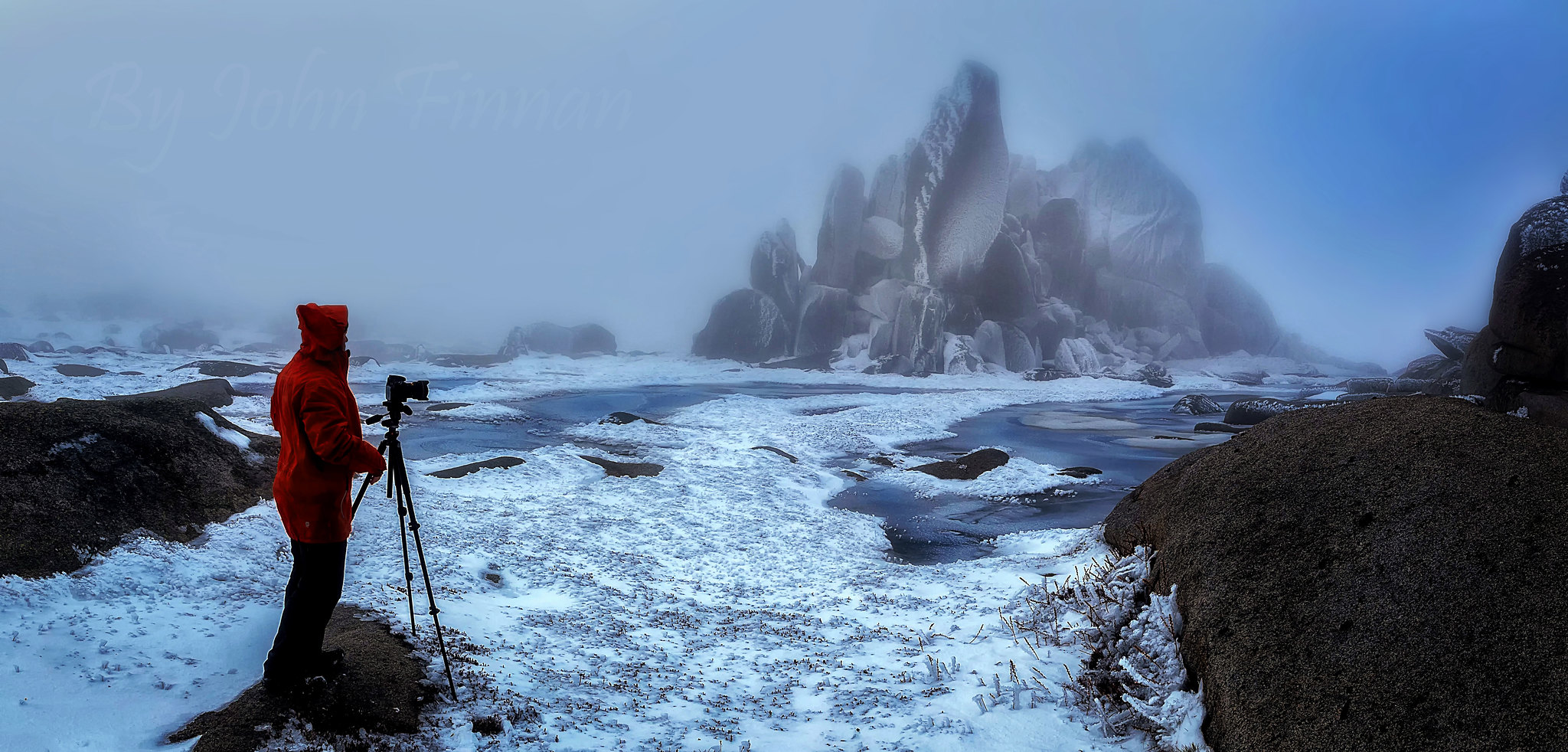Backpacking across streams is an exciting way to explore the outdoors. It can be a great way to enjoy the scenery and get some exercise while taking in the beauty of nature.
But before you embark on your adventure, there are some important things to consider.
First, it’s important to know your limits and make sure that you are physically able to cross streams safely. If you’re not an experienced hiker, it’s best to stick with an established trail or a river that is relatively slow-moving and shallow. Additionally, always check with local authorities for any water safety advisories or closures before setting out.
When it comes time to cross a stream, there are several options available. One option is to “ford” the stream.
This involves wading through the water while using poles or sticks as support in case of slipping. It’s important to pay attention to the depth and current of the stream while fording, as it can be dangerous if done improperly.
If fording is not possible due to depth or current, another option is “bridging” which involves using logs or stones as bridges over the stream bed. This method can be tricky as logs may be slippery, so extra caution should be taken when crossing this way.
Finally, if neither fording nor bridging are possible, then “rafting” could be an option. This requires having proper rafting equipment and knowledge of how to use it properly and safely. Rafting should only be attempted with experienced guides who have knowledge about local conditions.
Conclusion:
Crossing streams backpacking can be a fun and exciting way to explore nature, but it requires knowledge and preparation before attempting any type of crossing method. By understanding your limits and researching local conditions beforehand, you can ensure that your backpacking experience is both safe and enjoyable.

